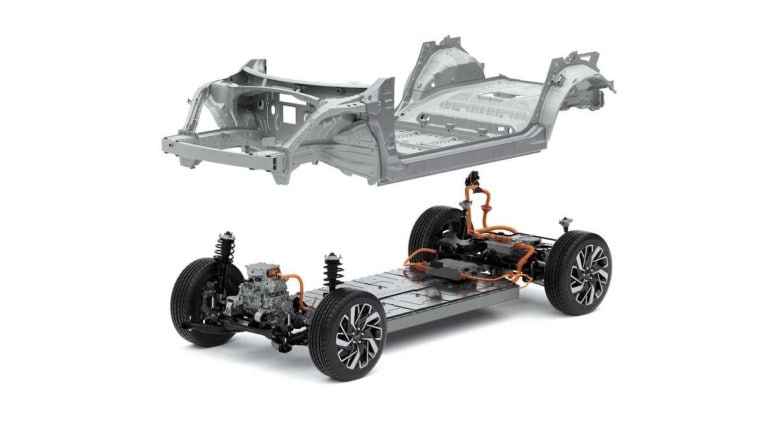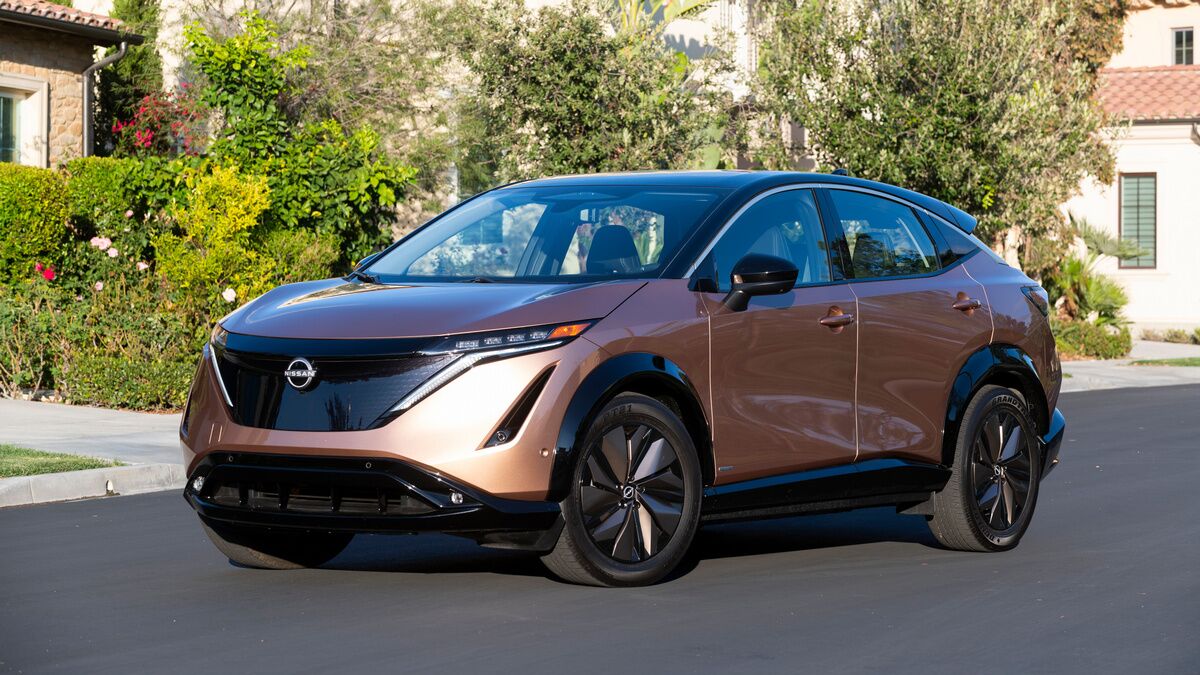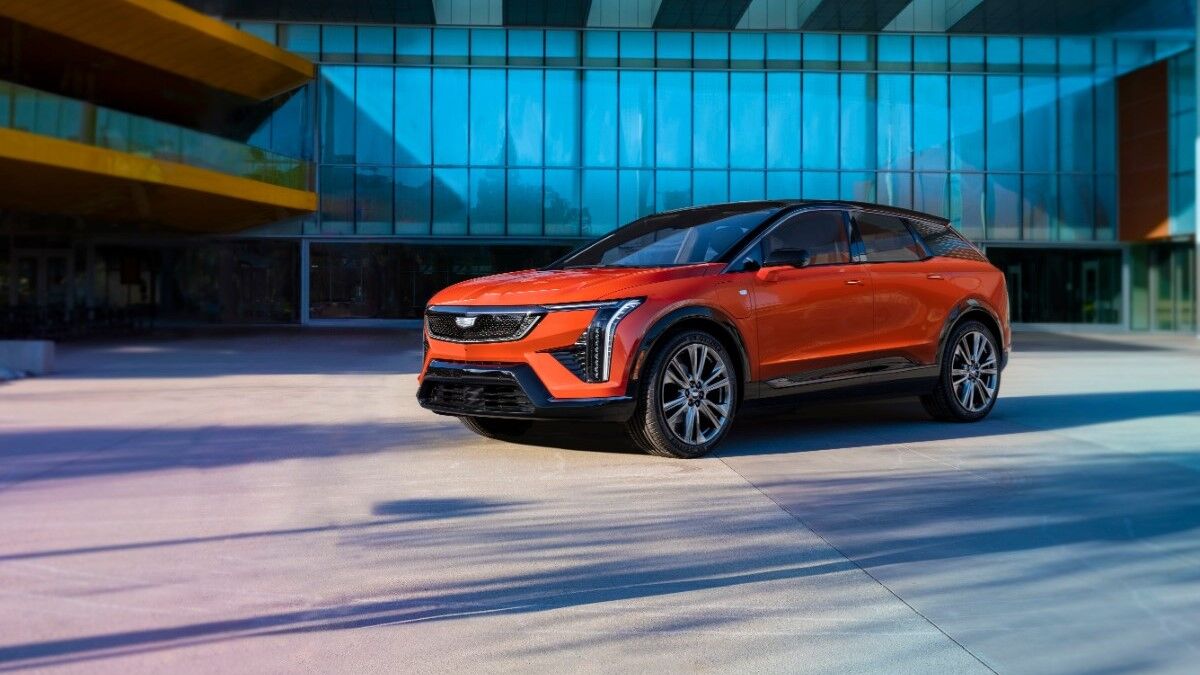By 2025, 3.4 million electric vehicle batteries will have been removed from the cars they came with. But they won’t be useless and they won’t be filling landfills. Automakers recommend replacing the batteries once their capacity has declined by about 20 percent. It’s something owners notice in decreased range and the need to plug in more frequently. That point typically comes after about a decade of service in a family car and four years in a taxi or bus.
But EV batteries can still hold a useful amount of electricity for up to a decade after their auto service. So, automakers are working to create a secondary market for used EV batteries. According to researchers at BloombergNEF, about 55,000 EV batteries will retire from the road this year but will still be useful in stationary applications.
Both China and the European Union are currently implementing rules that make automakers responsible for expired batteries. It’s an attempt to make sure they don’t become expensive — and toxic — waste. Automakers don’t necessarily oppose the measures. Instead, they’re finding ways to profit again from the batteries they remove.
The Union of Concerned Scientists notes, “The economic potential for battery reuse, or second-life, could help to further decrease the upfront costs of EV batteries and increase the value of a used EV. Given the growing market for EVs, second-life batteries could also represent a market of low-cost storage for utilities and electricity consumers.”
Automakers’ battery re-use strategy
Tesla, the builder of four of America’s five best-selling electric cars, is focusing its efforts on recovering raw materials from old batteries to make new batteries. BMW, General Motors, Toyota, and others are working with renewable energy suppliers to find aftermarket applications for the batteries. One solution is using them for storage in residential solar energy systems.
GM Chief Sustainability Officer Dane Parker told reporters recently, “If you design them with that purpose … it becomes much easier to integrate later. And we’re doing that right now.”
“By 2025,” says Hans Eric Melin, founder of London’s Circular Energy Storage Research and Consulting,” about three-quarters of EV batteries will be reused and then recycled to harvest raw materials.” The system could allow automakers to profit from the same battery several times.
By 2040, BloombergNEF estimates, more than half of new car sales, and a third of the functioning global fleet of cars will be electric.








